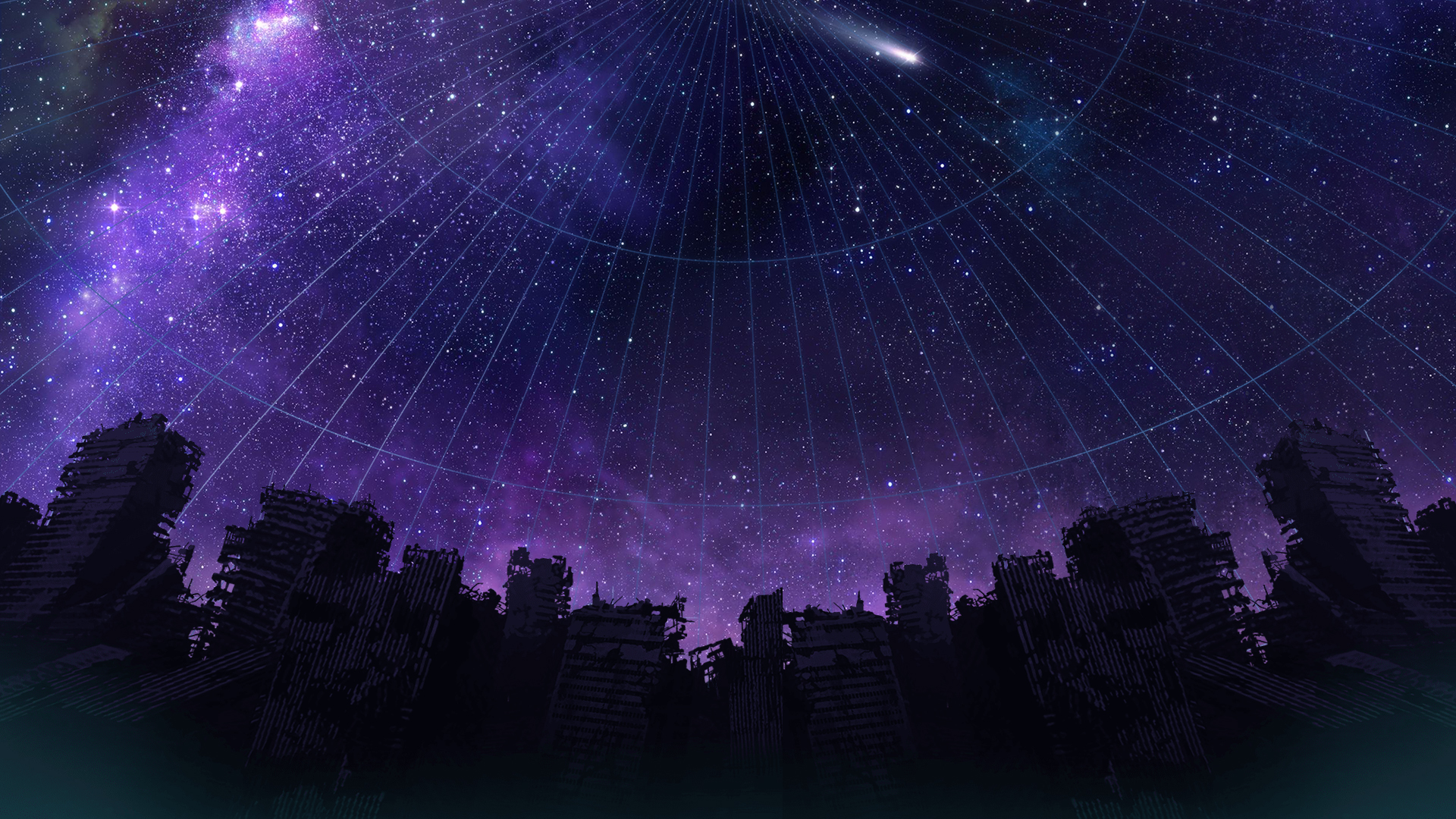Alrighty I was super late to this one and most things have already been said so I’m going to dump a theory: each song from Owari no Hoshi is a “failed branch” on a timeline featuring the boy and the girl from Love Song.
Builds off of my other theory post.
The couple from Love Song are trying to make it work. The girl believes that she can deepen their relationship if she learns more about the boy’s past. With that, we enter Owari no Sekai Kara. The girl leaps to the past, etc, then bam: she’s trapped in the past. She can’t return to the present for some time travel reason. She chooses to not tell him that she is from the future because it would erase all the time they had spent together, and knowing that the Love Song was about their struggle to be together, she didn’t want to lose the time they spent growing to love each other.
Spring rolls around, and the boy decides to depart, searching for love. This aligns with the Spring where the girl fell in love in Hoshi Naru Ishi, just that the roles are switched (Spring is the season of love I guess). Deciding that some love was better than no love, the girl reveals everything. Here is where it gets interesting. The line “before I knew it, I was swallowed into the crumbled time-space” most literally describes some wonky time travel stuff, but I take it to represent the feelings she had at that very moment: her world was falling apart (and closing, but I’ll get to that later). Why did confessing make her feel this way? Because the boy rejected her. Having never gone through the events of Love Song with the girl, she was basically a stranger to him. So naturally he says something like “huh?” and the girl gets destroyed. Here, a new branch on the timeline is born: one where the “true” end (the end of Love Song) is locked (or closed, heh). Sometimes being rejected feels like there is no love left in the world. Yet, the girl has not given up hope. She will continue to journey (by “walk[ing] forward”) through this new loveless world.
